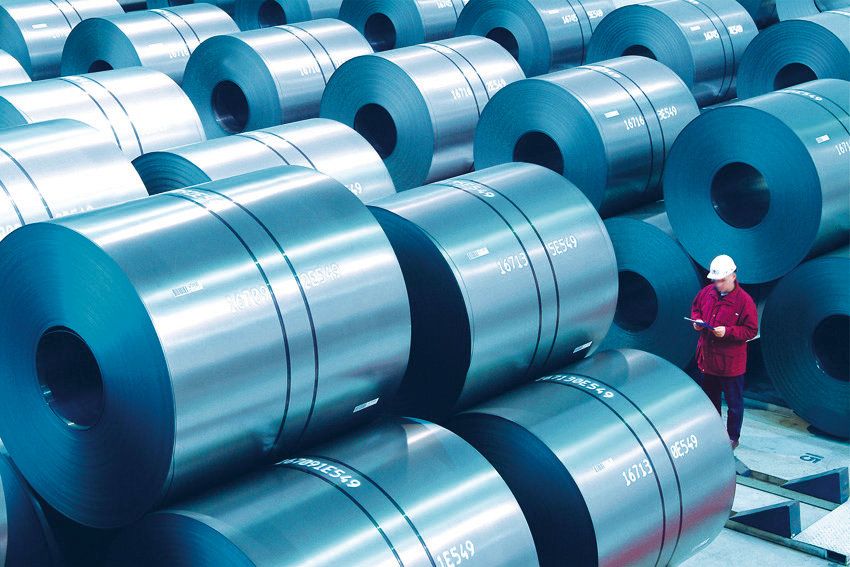Stainless Steel 310 coils are renowned for their high-temperature resistance, excellent oxidation resistance, and robust mechanical properties. This article provides comprehensive maintenance tips for Stainless Steel 310 coils, covering cleaning practices, inspection routines, and handling guidelines.
Regular Cleaning
Removing Surface Contaminants
Stainless Steel 310 coils should be regularly cleaned to remove surface contaminants like dust, dirt, and grease. These contaminants can affect the coils’ performance and lead to corrosion over time. Use mild detergents or specially formulated stainless steel cleaners to clean the surface. Avoid using abrasive cleaners or steel wool, which can scratch the surface and damage the protective oxide layer.
Addressing Stains and Discoloration
If stains or discoloration appear on the coils, baking soda, and water can create a gentle scrubbing paste. A solution of vinegar and water can be effective for more stubborn stains. After cleaning, rinse the coils thoroughly with clean water and dry them completely to prevent water spots and streaks.
Monitoring Performance
Performance Metrics
Monitor the performance of Stainless Steel 310 coils by keeping track of key metrics such as operating temperature, pressure, and load conditions. Compare these metrics against the manufacturer’s specifications to ensure the coils operate within safe limits. Any deviations or anomalies should be investigated promptly to prevent potential failures.
Cost Considerations
While regular maintenance involves certain costs, balancing these with the benefits of prolonged coil life and optimal performance is crucial. The Stainless Steel 310 Coils Price can be significant, and investing in proper maintenance can help avoid costly replacements and downtime. Maintaining the coils efficiently ensures that the initial investment is protected and maximizes the return on investment.
Routine Inspection
Visual Inspection
Regular visual inspections of Stainless Steel 310 coils should be conducted to identify signs of wear, damage, or corrosion. Look for discolouration, rust spots, or pitting, which can indicate the onset of corrosion. Early detection of such issues allows for timely intervention and prevents further deterioration.
Non-Destructive Testing
Consider non-destructive testing (NDT) methods such as ultrasonic, dye penetrant, or radiographic for a more thorough inspection. These techniques help detect internal flaws, cracks, and other defects that may not be visible to the naked eye. Regular NDT inspections can ensure the structural integrity of the coils and identify potential issues before they become critical.
Handling and Storage
Proper Handling
When handling Stainless Steel 310 coils, use appropriate equipment and techniques to avoid damaging the material. Always lift and move the coils using padded slings, forklift attachments, or other suitable lifting devices. Avoid dragging the coils on rough surfaces, which can cause scratches and abrasions.
Protective Measures
Store Stainless Steel 310 coils in a clean, dry environment to prevent exposure to moisture, chemicals, and other corrosive agents. If the coils are stored outdoors, ensure they are covered with waterproof tarps or plastic sheets to protect them from rain and humidity. Elevate the coils off the ground to avoid contact with soil and debris.
Preventing Corrosion
Controlling Environmental Factors
Control the environmental factors that can contribute to corrosion of Stainless Steel 310 coils. Maintain a low-humidity environment, and if the coils are used in corrosive atmospheres, ensure adequate ventilation to reduce the concentration of harmful substances. If exposed to particularly aggressive environments, consider applying protective coatings or sealants to the coils.
Regular Maintenance Intervals
The frequency of maintenance activities should be based on the operating conditions and environment in which the coils are used. More frequent maintenance may be required in harsh or high-temperature environments to ensure the coils’ longevity and performance.

